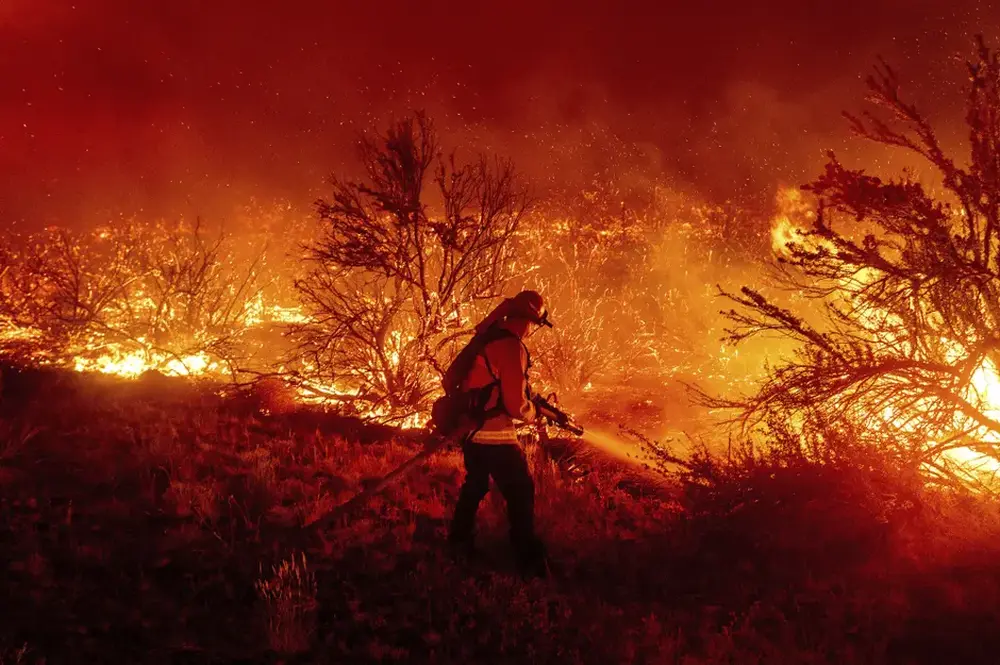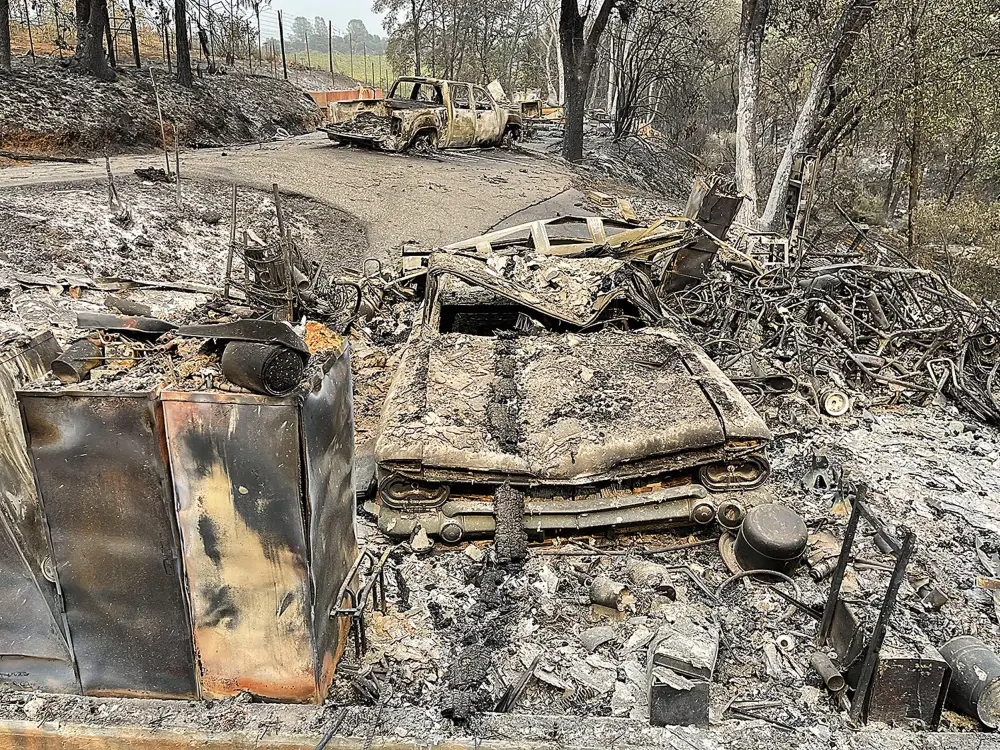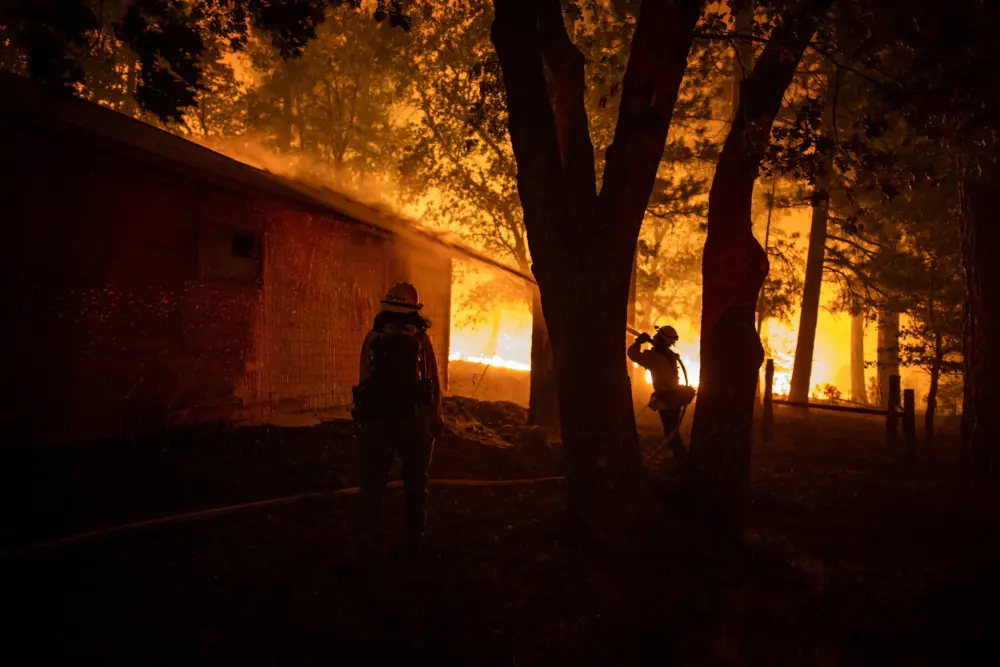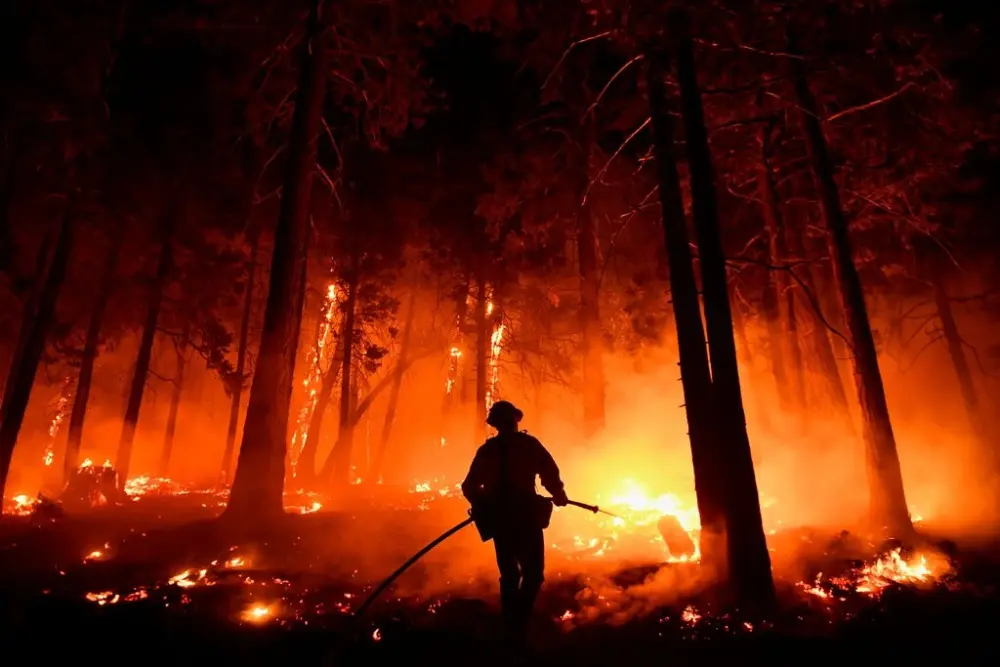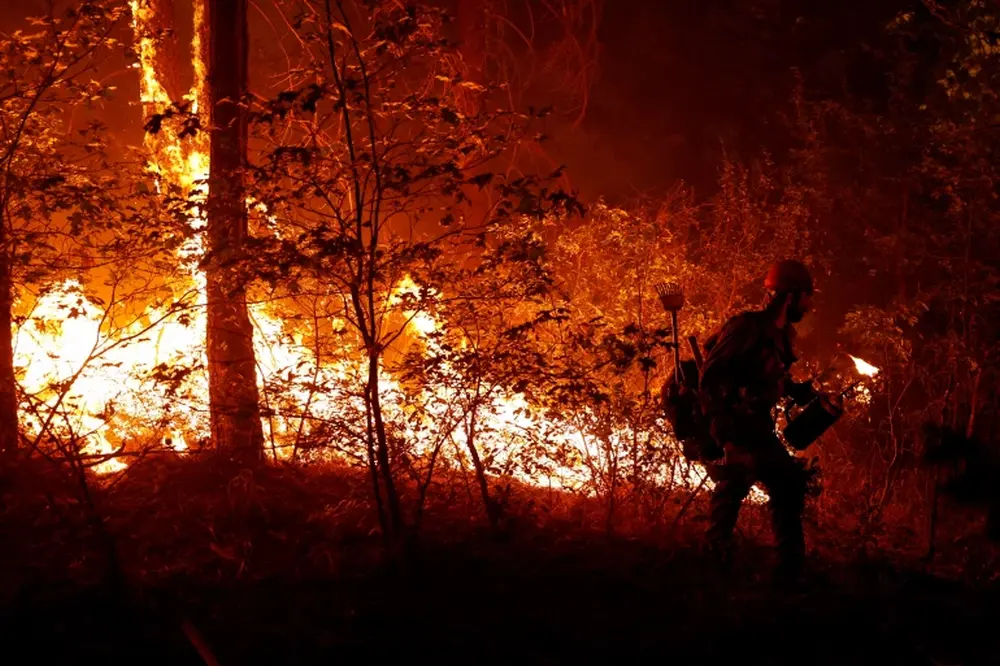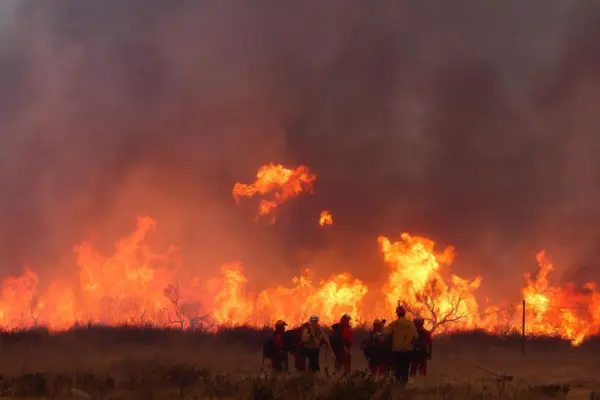California Continues to Burn – Who’s to Blame?
Severe drought paired with extreme temperature worsen California wildfire season 2021.
Wildfires are a common and annual occurrence in California’s landscape, however, a severe drought paired with extreme temperatures, have sustained several major fires during California wildfire season 2021. As of 14 September, over 7,000 wildfires have been recorded, burning over 900,000 hectares across California.
Moreover, wildfires are no longer local affairs, as smoke from California has tinted sunsets in New York and contaminated the neighboring states’ air. As a byproduct of these megafires, the world is observing a natural experiment in the effects of exposing a noteworthy lot of the global population to wildfire smoke.
Worryingly, a study estimated that smoke from the world’s worsening wildfires is killing 33,510 people every year. A team of over 70 scientists from all around the world counted the death toll in a first-of-its-kind study published in the journal Lancet Planetary Health.
As California continues to burn, we must ask who is to blame!
The Dixie fire, the largest wildfire of 2021 fire season in California and the second-largest blaze in recorded state history has ravaged thousands of hectares of forested land and devoured thousands of buildings on its path. The fire erupted on July 13 in the Feather River canyon and ad of September 14, has been only 75 percent contained.
As thousands of firefighters were working to combat the blaze, numerous were sidetracked to help harness the nearby Caldor Fire that has ravaged over 88,700 hectares, frightening communities near Lake Tahoe before crossing the state’s border over to Nevada.
California Wildfire 2021
California’s largest single wildfire in recorded history kept pushing through forestlands as fire crews tried to safeguard rural communities from flames that have destroyed hundreds of homes.
Heavy smoke from the fire often reduced visibility on the fire’s west end while the east witnessed renewed action as winds took hold throughout the combating fires.
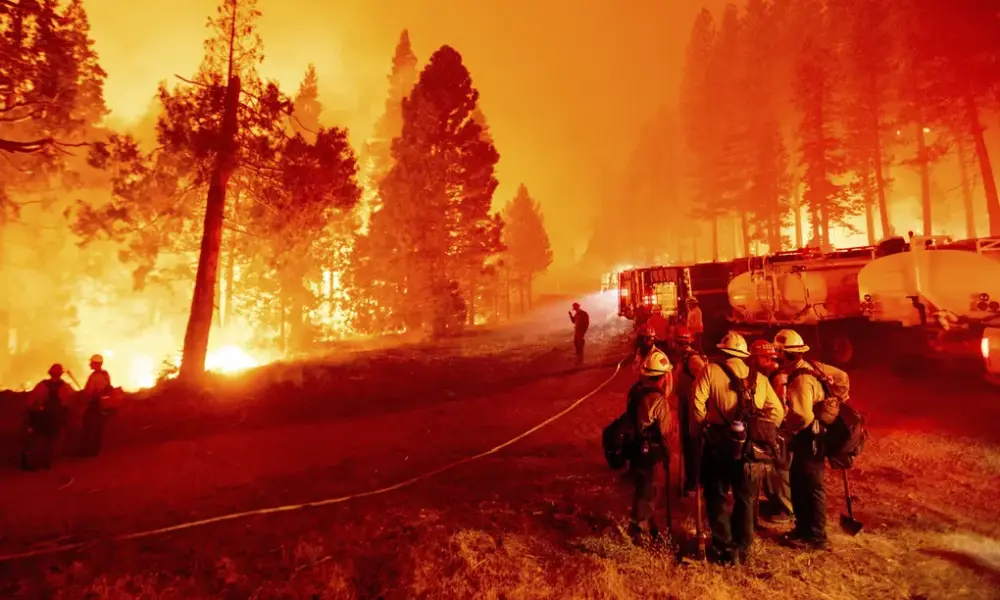
Image: Noah Berger/AP
Burning through bone-dry trees, brush and grass, the fire had destroyed over 1,200 buildings, including hundreds of homes. Much of the small community of Greenville was incinerated during an explosive run of flames.
After ravaging through towns and forests alike, California wildfires have reached and burned into at least four groves of massive ancient sequoias in the national parks and forests.
😰
Firefighters are wrapping fire-resistant blankets around ancient trees — including the 275 ft General Sherman, the biggest tree by volume on Earth — and historic signs as blazes tear through California’s world-famous Sequoia National Park.
Get updates from @SequoiaKingsNPS pic.twitter.com/6MIXPhDExt
— American Forests (@AmericanForests) September 17, 2021
The fires have devoured the groves with trees that can be up to 200 feet tall and 2,000 years old. The burned grove included Oriole Lake Grove in Sequoia National Park and Peyrone North and South groves in the neighboring Sequoia National Forest.
The fire department had wrapped the base of the world’s largest tree to protect it from flames burning nearby. The giant Sherman Tree, some of the other sequoias in the Giant Forest, a museum and several buildings were wrapped amid the probability of intense flames.
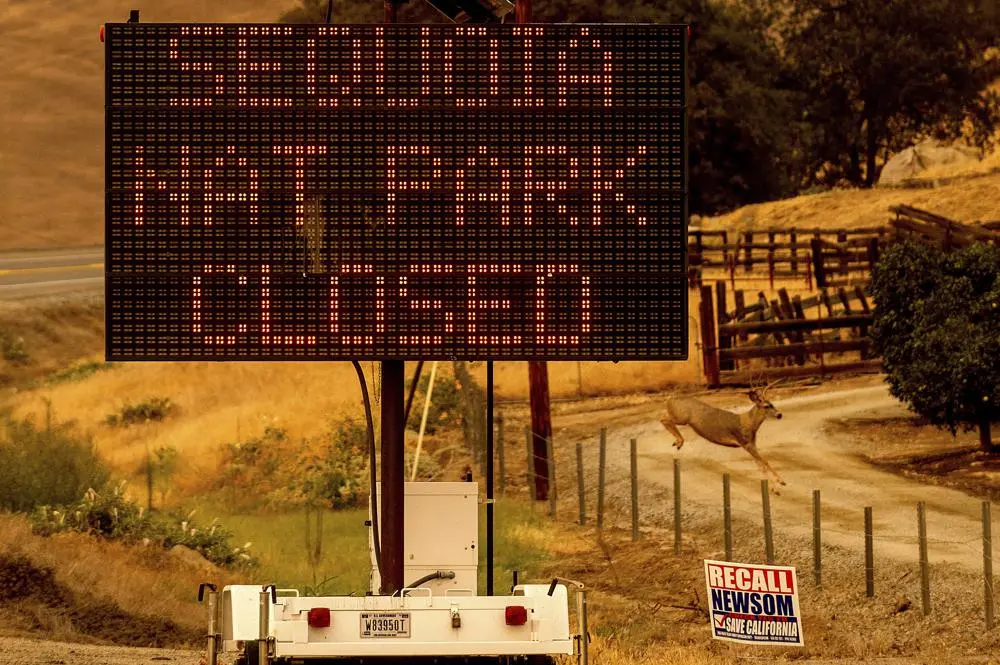
Image: Noah Berger/AP
Also Read:
• IPCC’s Report Warns India of Impending Climate Change Conditions and Its Effects
• Smoke From Siberia’s Wildfires Reaches The North Pole for The First Time In History
• 60+ Distressing Images of the Worldwide Wildfire Season 2021
Lightning sparked two fires in the park about a fortnight ago. The Colony Fire, closest to the Giant Forest, has escalated to a size of 5 sq. mi. The Paradise Fire has scorched nearly 13 sq. mi. Difficult terrain, hot and dry weather are preventing officials from assessing damage to the high trees and combat the blazes.
Sequoia National Park is the second natural wonder to be threatened by wildfires within a month. Lake Tahoe, the blue alpine lake located high in the mountains on the California-Nevada line, was threatened by the explosive Caldor Fire until firefighters halted its destructive rampage.
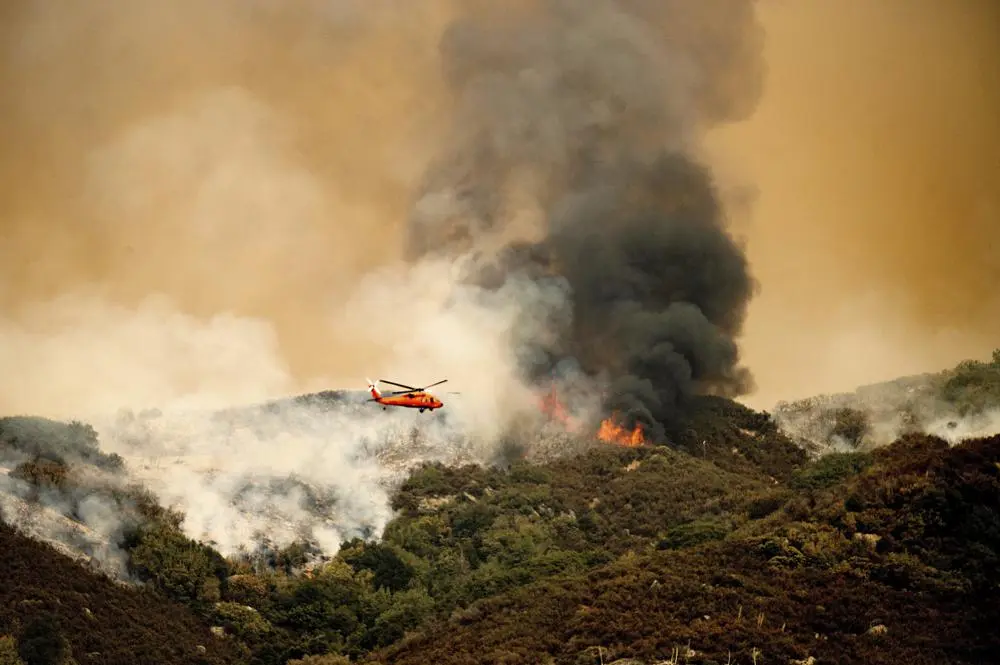
Image: Noah Berger/AP
Meanwhile, a big change in the weather has been taking shape in parts of the drought-infected, fire-scarred west.
Fire officials have warned that stronger winds were contributing to “critical fire conditions” in the area of lightning-sparked fires on the western side of Sequoia National Park in the Sierra Nevada.
California has witnessed over 7,000 wildfires in 2021, which have damaged or destroyed over 3,000 homes and other buildings, and ravaged over 3,000 sq. mi. of land.
Fueling Factors
Historic drought tied to the climate crisis is making wildfires harder to fight. It has also killed millions of trees in California alone.
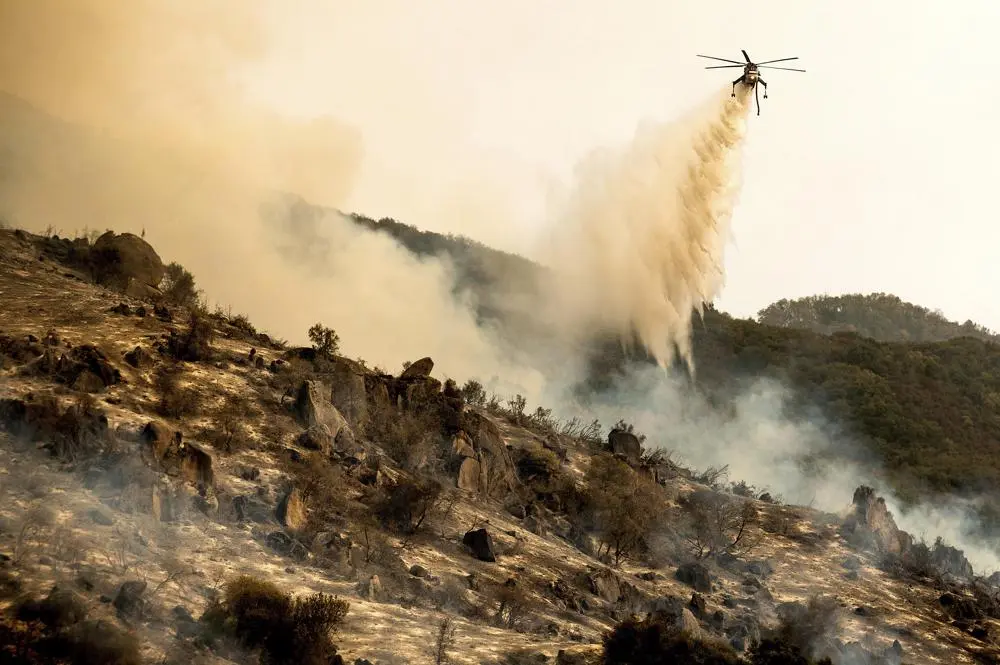
Image: Noah Berger/AP
As the fires continue to burn, the hot and dry conditions of the state are the major contributing factors. Climate change has been labeled as the key driver behind the catastrophic blaze that has been burning for months in the state of California.
Experts have said that climate change has made the region much warmer and dried in the past three decades and this pattern is likely to continue to make the weather more extreme and wildfires more common and destructive.
A 2-decade-long dry spell has parched much of the Western United States and now it has turned into one of the profound megadroughts in the region in over 1,200 years. About half of this megadrought is to be blamed on man-made global warming.
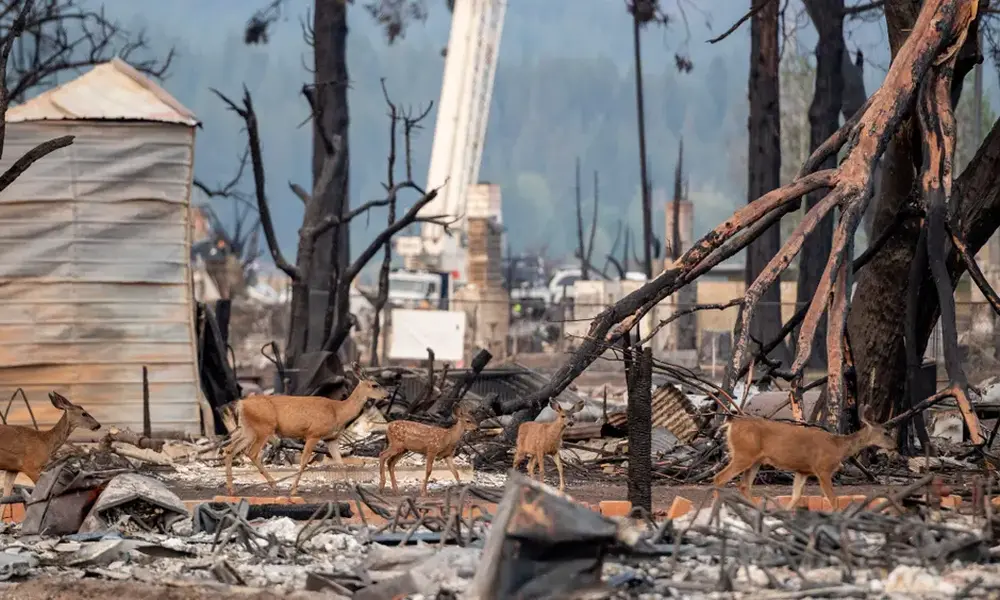
Image: Josh Edelson/AFP
Moreover, predictive services aiding the fire department, have given a quite grim outlook for the next several months. Apparently, for September through December, the entire state exhibits dryer, more wind events and large wildfire activity to grow.
Large parts of California, from San Diego to Sacramento, are under a heat warning for the most part of the month.
Devastating Outlook
California wildfire season 2021 is far from over, as many experts have put it; and the remainder of the year could be rough as thousands of firefighters across the state continued to battle at least a dozen large flames that are threatening homes and communities.
So far this year, wildfires have consumed about 2 million acres, which is about the same amount that had burned by this time last year.
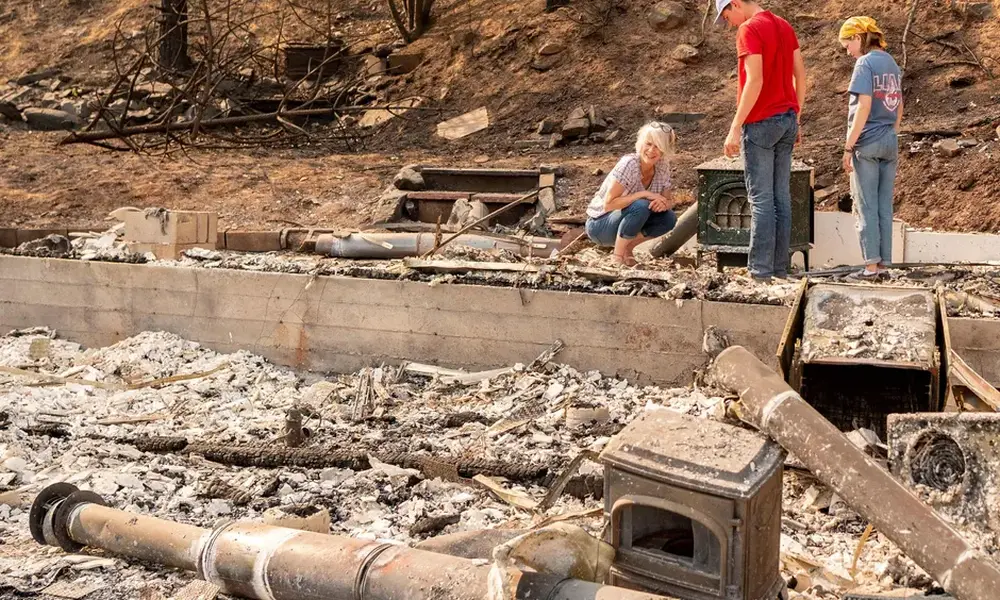
Josh Edelson/AFP
The Dixie Fire is still active at 922,000 acres and 59 percent containment as well as the River Complex Fire, which has burned 136,000 acres with mere 19 percent containment.
Meanwhile, the fire personnel are extremely exhausted after working to the bone for months, trying to contain the major fires and evacuating the civilians threatened by fires.
The outlook for future does not look great as weather conditions are only expected to go dry and present suitable fueling material to the fires.
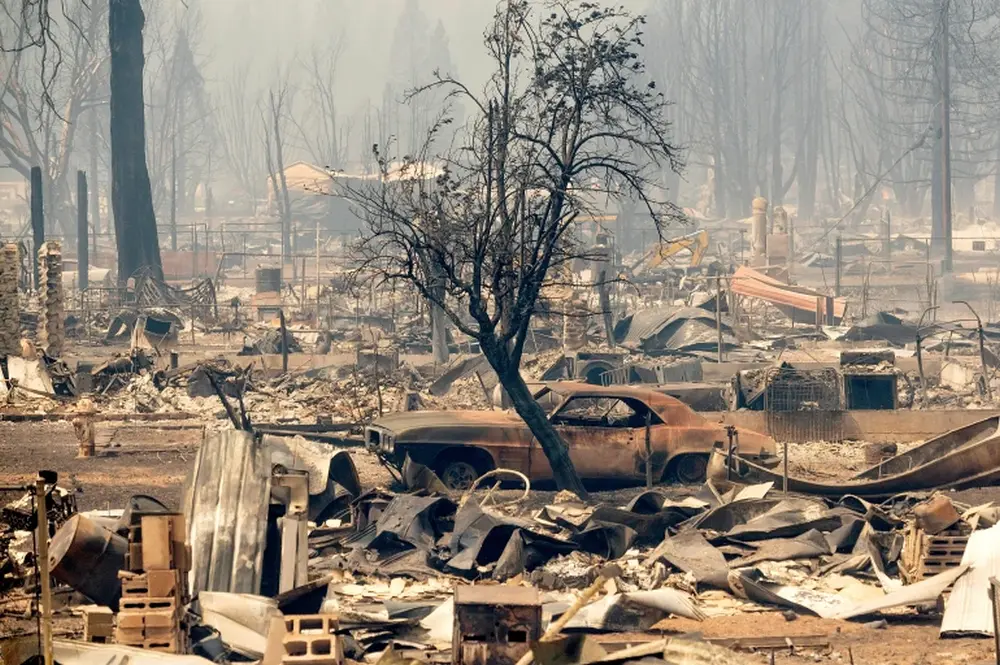
Image: Noah Berger/AP
